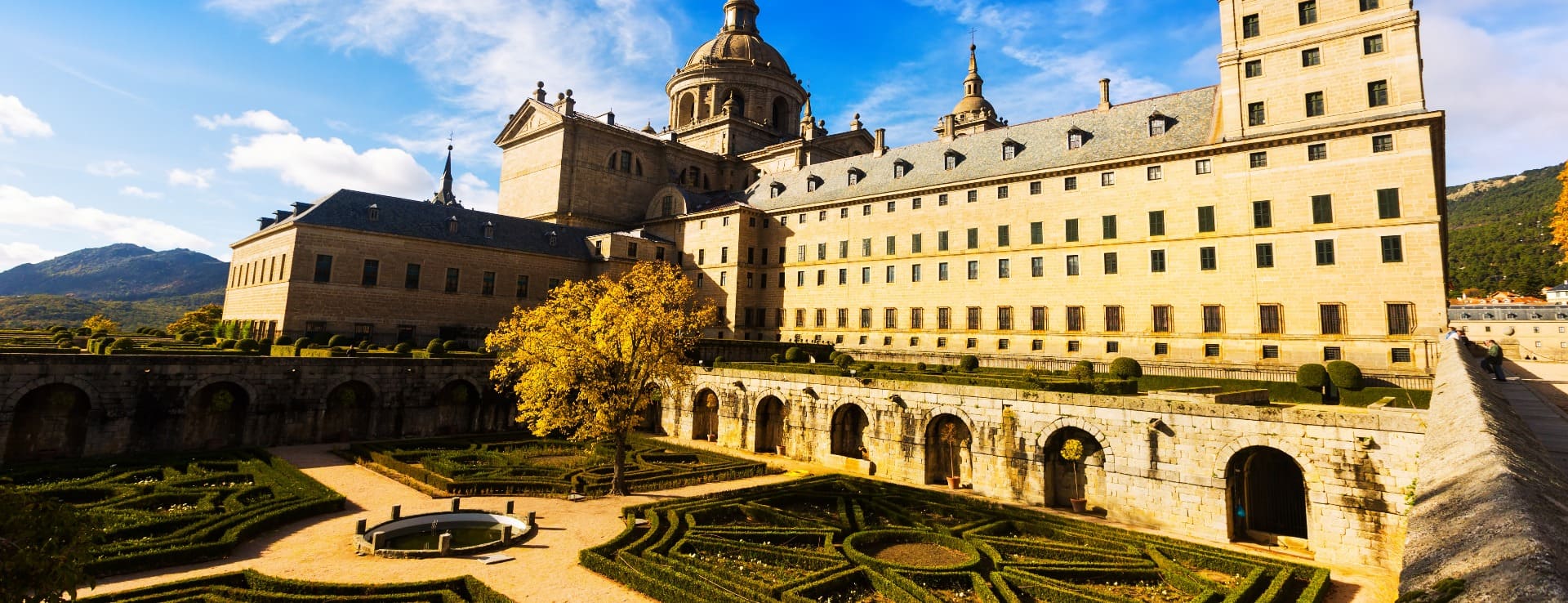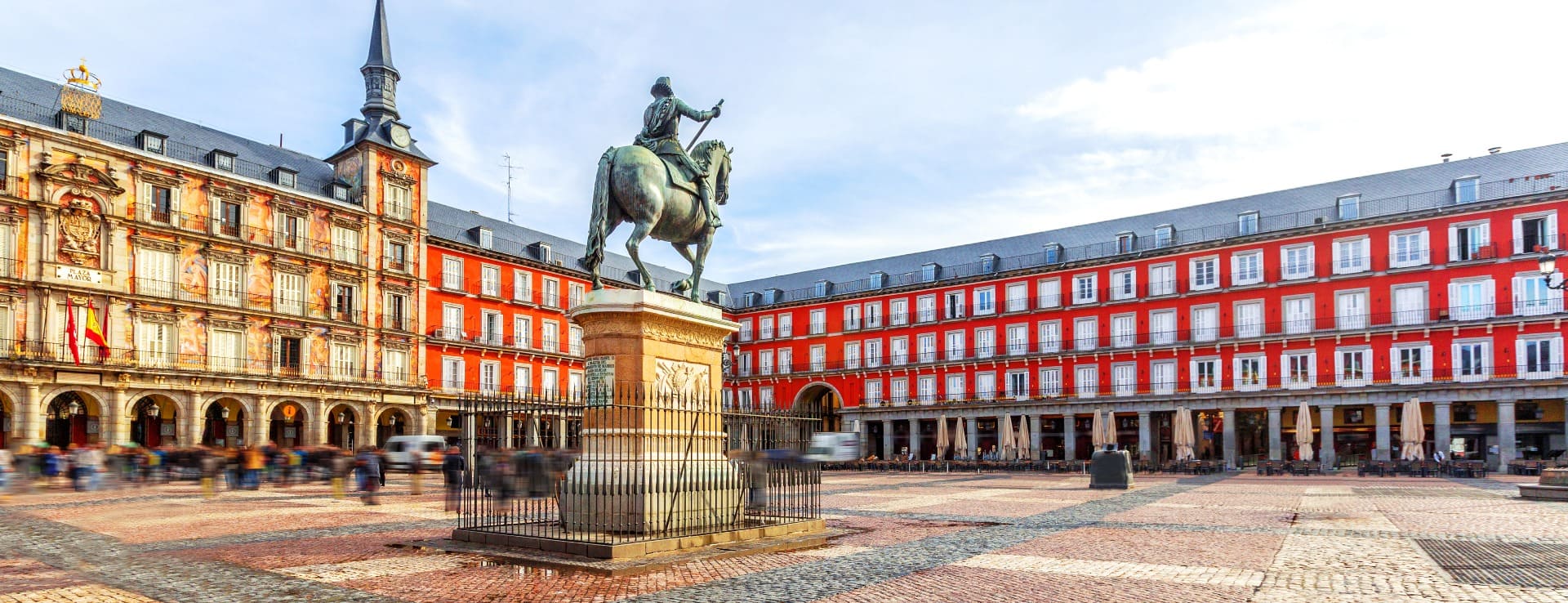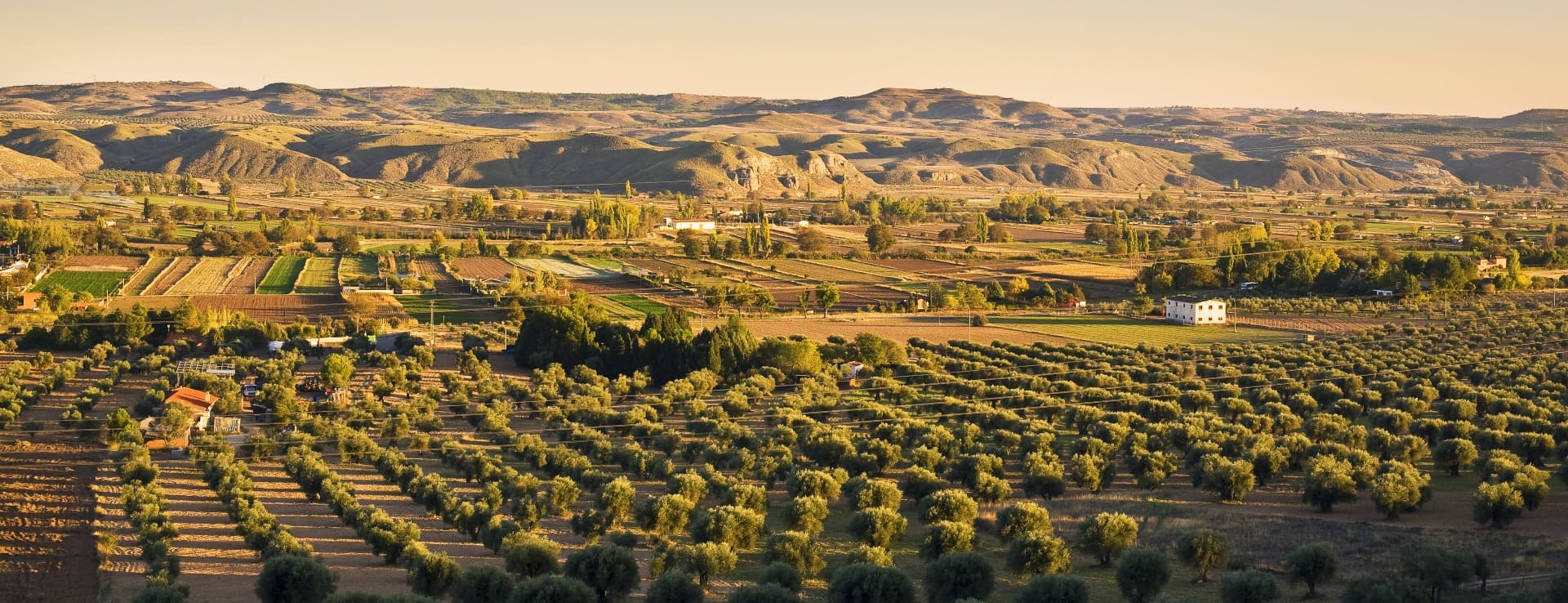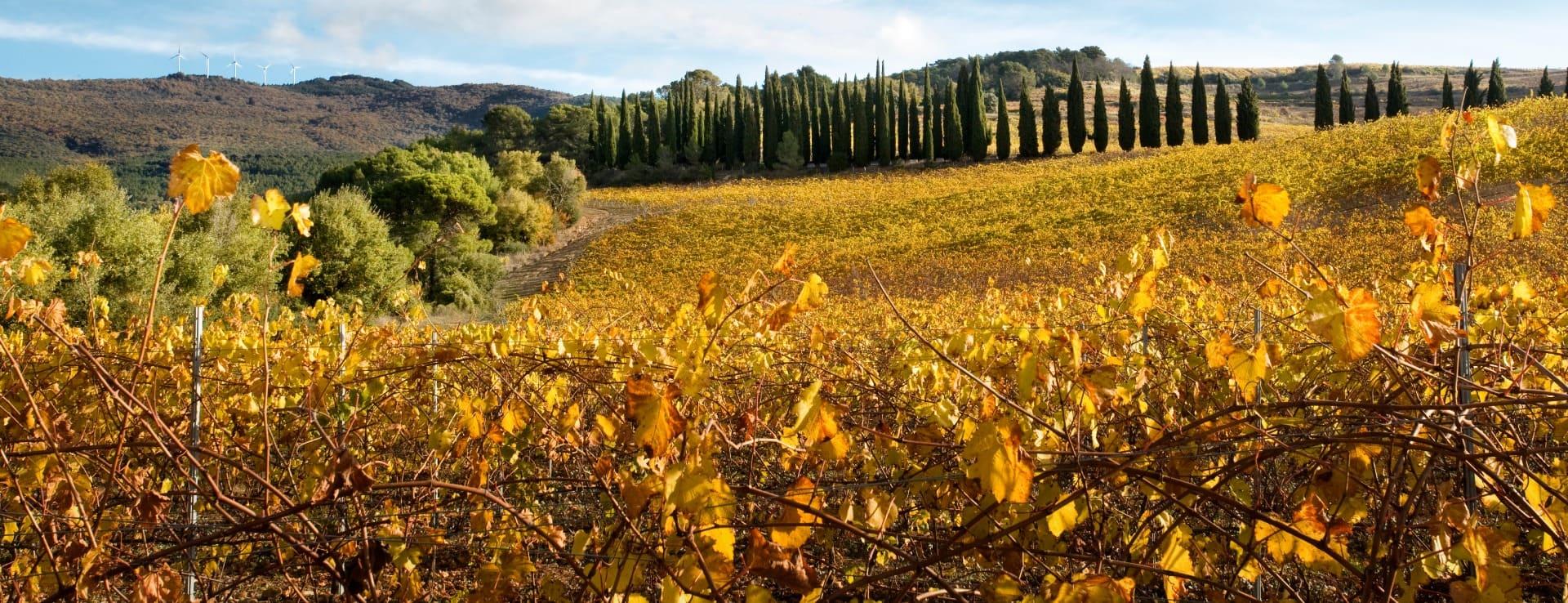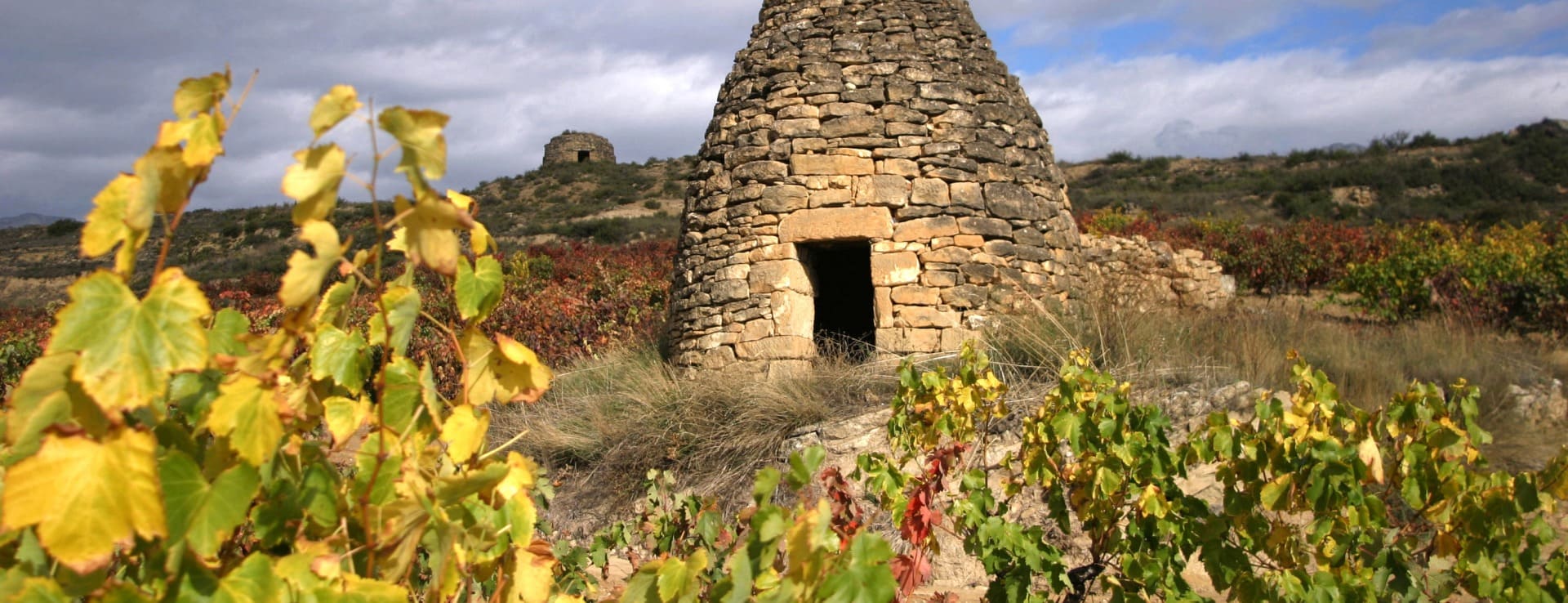Find your winery or vineyard
1 Wineries and Vineyards for sale in Madrid
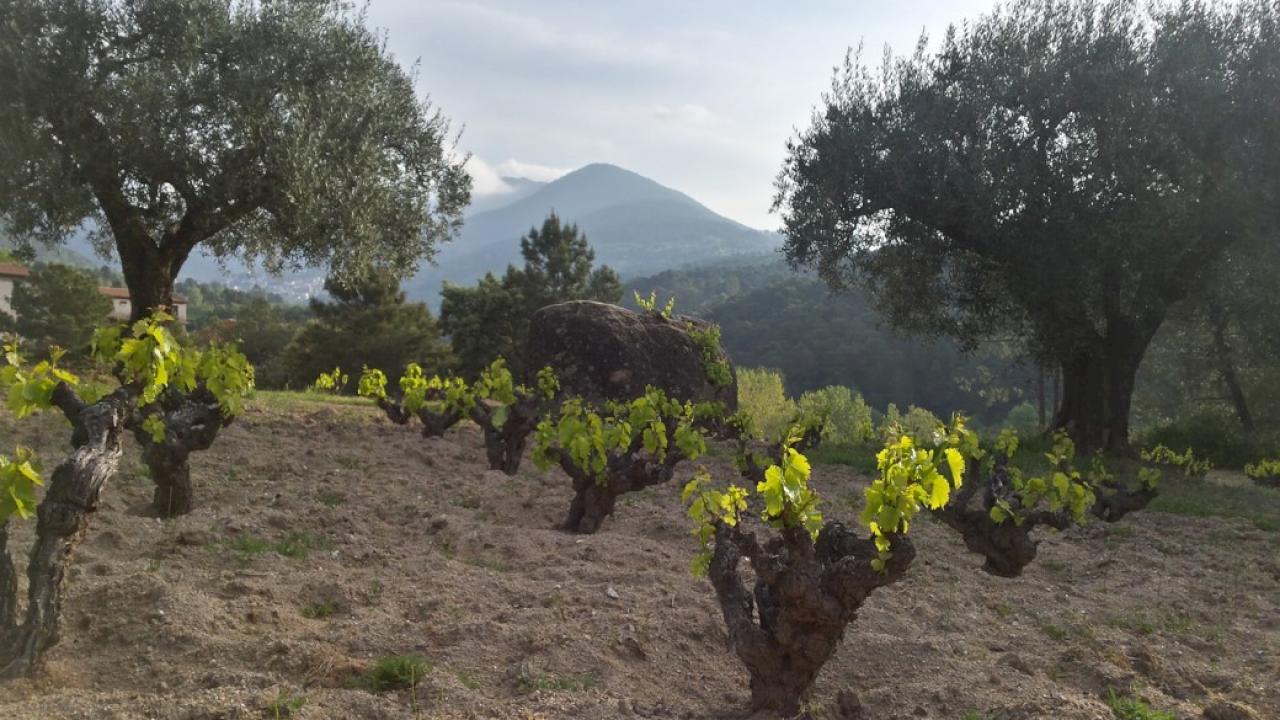
Winery with old vines of Garnacha for sale.
Winery located within close proximity to DO Madrid with old vines of Garnacha variety.
Infographic of the Denomination of Origin
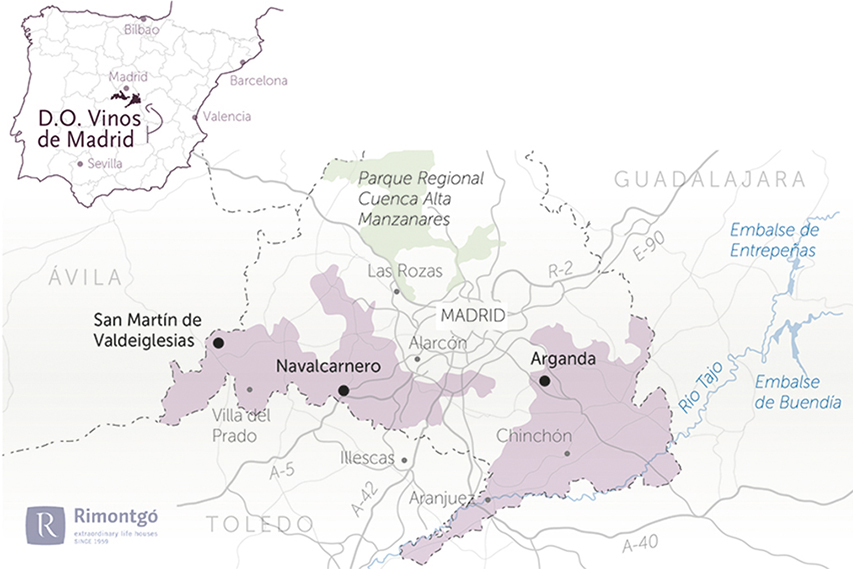
Change to imperial units (ft2, ac, °F)Change to international units (m2, h, °C)
D.O. year of foundation:
1990
Number of wineries (2017):
47
Total surface area:
8.391 ha20.734 ac
Maximum production allowed:
7.000 kg/ha6.245 lb/ac
Altitude of the vineyards:
Min: 640m
Max: 980m
Min: 2.100ft
Max: 3.215ft
Temperature:
Min: -7º
Max: 39º
Min: 19°F
Max: 102°F
Yearly hours of sun:
2.900
Yearly rainfall:
500 l/m246 l/ft2
Madrid
The province of Madrid corresponds to the autonomy of the same name, whose homonymous city is the capital of Spain. Located on the central plateau of the Iberian Peninsula, it borders the provinces of Guadalajara, Cuenca, Toledo (Castilla-La Mancha), Ávila and Segovia (Castile and León). Its population density is the highest in the country and is divided into 179 municipalities. In addition to Madrid, other important cities are: Aranjuez, Colmenar Viejo, Rascafría, Manzanares el Real or Alcalá de Henares.
HISTORY OF WINE
The first data on the wine industry in Madrid date from the 13th century, but it is possible that there were vineyards from the time of the Carthaginians and Romans. Madrid's wines reached the 15th century with an aura of prestige, but demand soared during the Golden Age. The capital is supplied by the production of Arganda, Fuencarral or Alcobendas, but it is Valdemoro who supplies the palace cellars directly. Muscatel is also known, especially that of Alcalá de Henares, although the most famous are the "precious wines" of San Martín.
All this development came to a halt when the first phylloxera was detected in 1914 and the plague spread. Recovery was slow and with foreign varieties, especially Garnacha, some autochthonous grapes were lost. The history of what we could call the new wine of Madrid began in 1986, with the recognition of the Designation of Origin Vinos de Madrid. The Regulatory Council is still working today to achieve greater recognition for its wineries and is promoting Madrid brands both in local markets and in other Spanish areas, without forgetting that exports abroad are becoming even more successful.
WINES AND WINERIES
The wines from Madrid are grouped under the Designation of Origin Vinos de Madrid. The DO is divided into three subareas: Arganda, Navalcarnero and San Martín, where styles vary. In recent years, both the wineries and the Regulatory Council have carried out boost campaigns. Rimontgó has several wineries for sale within these regions.
Worth mentioning the work of Bodegas El Regajal (reserve of vineyards, olive trees and butterflies); Bodegas Castejón (since 1959); Bodegas Gosalbez-Orti (organic wines); Bodegas Solera (with more than 100 years of history); Bodegas Jesús Díaz (the first of the designation); Bodegas Real Cortijo de San Isidro (the royal wineries of Carlos III); Bodegas Luis Saavedra (with organic wine on the terraces of the mountains of Madrid); Bodegas Ricardo Benito (since 1940), Señorío de Val Azul (new modern-style winery in Chinchón); Bodegas Tagonius (wines, olive oil and vinegars); or Bodegas Orusco (the oldest in the Community of Madrid), among many others.
POINTS OF INTEREST
Madrid's heritage is immense, as befits the capital of Spain. The city is home to three of the country's most important art museums: the Prado Museum, the Thyssen-Bornemisza Museum and the Reina Sofía Museum of Modern Art, but also more modern centres such as CaixaForum, La Casa Encendida and other galleries. The Monastery and the Site of El Escorial, the University and the Historical Centre of Alcalá de Henares, together with the Cultural Landscape of Aranjuez, have been catalogued by UNESCO as World Heritage. Since 2013, Madrid has had the Sierra de Guadarrama National Park shared with Castile and León. Also noteworthy are the Parador de Chinchón and Alcalá de Henares. The cultural, restaurant and leisure offer in the capital is immense. The most traditional dish is "cocido" (a typical stew from the region) and the tradition of "tapeo" (appetizers) survives.
D.O./Valle (wine regions)
Discover more wineries and vineyards for sale in these wine regions in Spain
Subscribe to our mailing list to receive news about wineries and vineyards.

